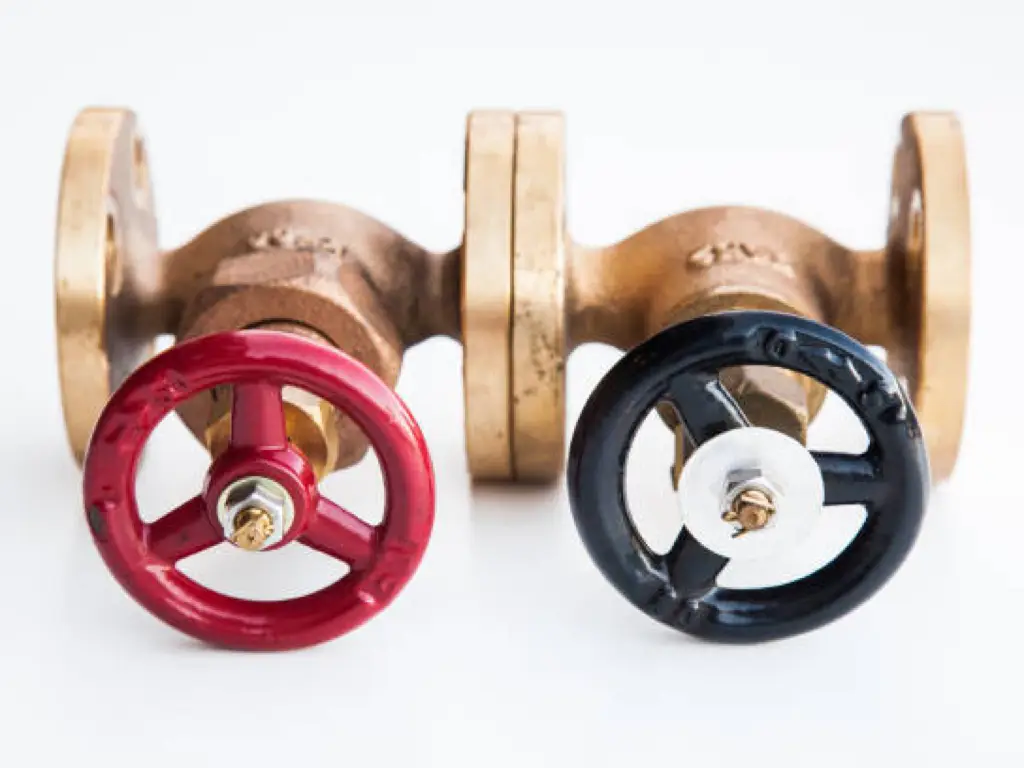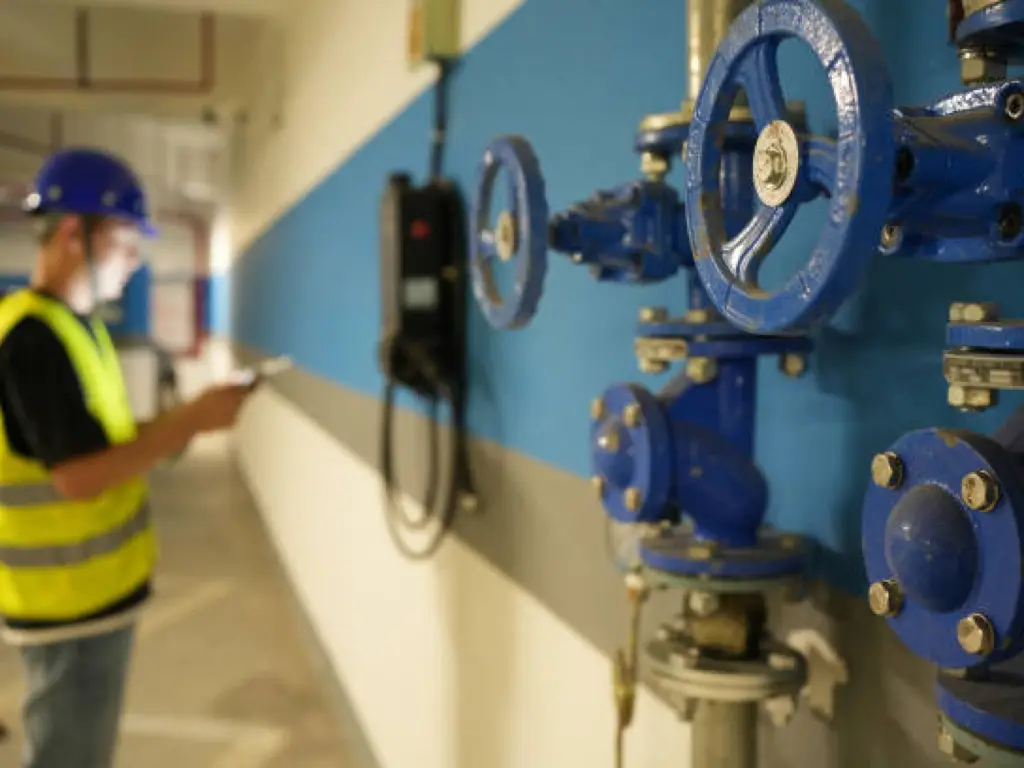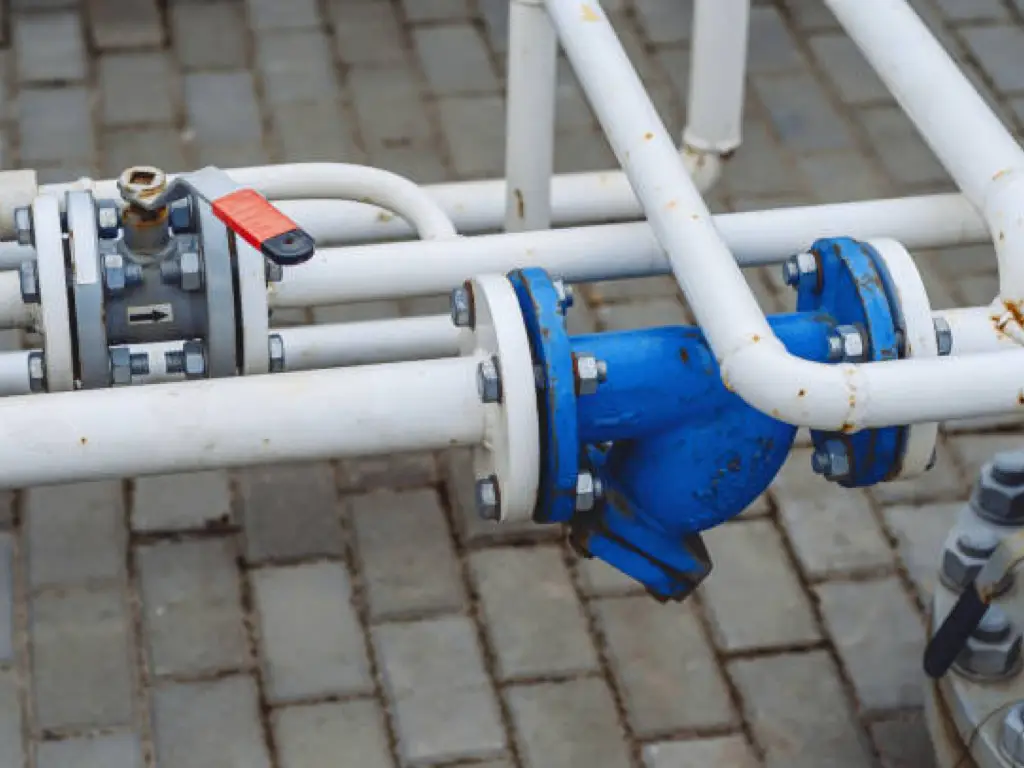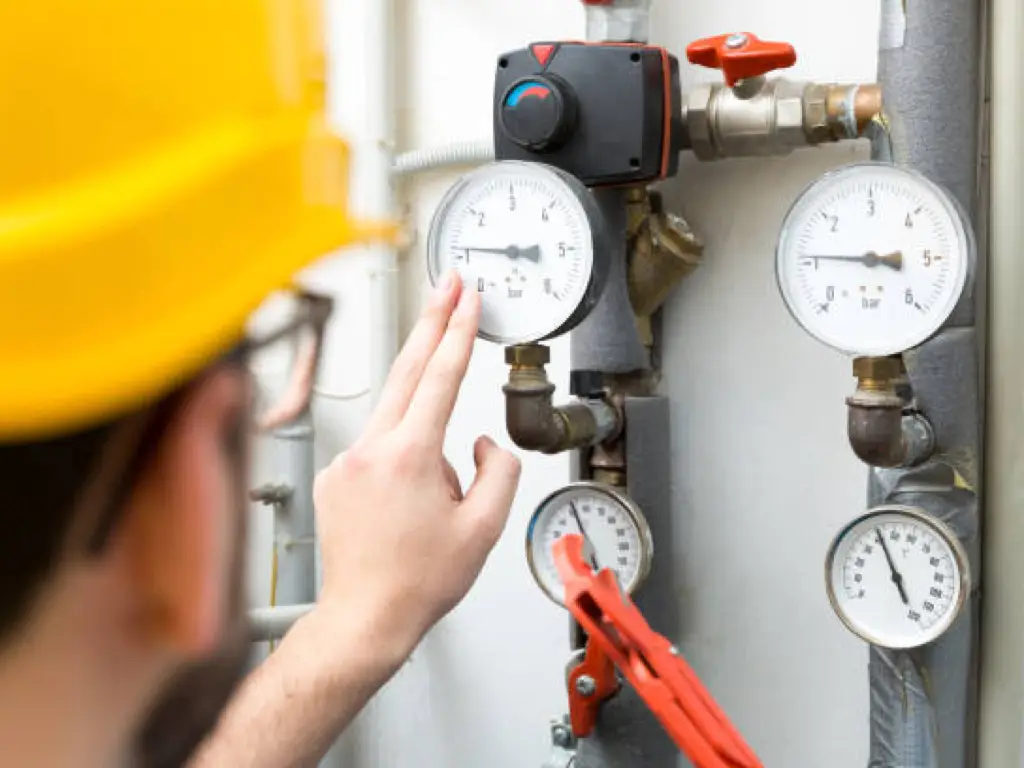What Is a Lift Check Valve?
A lift check valve is a crucial component in many piping systems, designed to prevent the backflow of media and ensure fluid consistency. As a type of check valve, its primary function lies in its ability to allow fluid flow in a single direction while preventing it from reverse direction. Otherwise, this can lead to partial or complete damage to the system or equipment, resulting in major setback. These lift check valves are typically constructed from sturdy materials like stainless steel, cast iron, and carbon steel, designed to handle high-pressure service, extreme temperatures, and high velocity.

The design of this uni-directional valve can cater to various applications, depending on its construction material. For instance, lift check valves made from forged materials tend to be more durable and suitable for high-temperature and high-pressure applications than cast types. Regardless of the construction material, a lift check valve is fundamentally a non-return valve ensuring a one-way fluid flow.
How Does a Lift Check Valve Work?
A lift check valve operates according to the principle of pressure difference, with the upstream pressure having to be higher than the downstream for fluid to flow through the valve. When there’s high inlet pressure in the piping system, it creates an energy force that lifts the disc or ball component of the valve, thereby, allowing fluid to pass due to the pressure of the upward flow. The lift check valve also includes a system of guide ribs to ensure proper alignment and stability of the disc or ball component, making it a reliable type of check valve design.

If the inlet pressure reduces and the fluid attempts to reverse flow direction, it forces the valve disc of lift type check valves to shut off the valve, blocking any backward fluid flow. The main purpose of check valves is to provide this automatic and swift mechanism, which is paramount in preventing fluid contamination and damage to other vital piping equipment, such as pumps and boilers.
What Are Some Types of Lift Check Valve?
- Forged lift check valves: These are made through a forging process and are suitable for high-temperature and high-pressure applications. They offer excellent mechanical strength and are less prone to thermal fatigue compared to casted valves.
- Casted lift check valves: These valves are made through a casting process, which allows for complex shapes and is cost-effective. They are relatively lighter compared to forged valves and can be made from different metallic materials.
- Vertical lift check valves: Designed for upward flow, these valves use gravity to reseat the ball or disc and prevent reverse flow. They are recommended to be installed in an upward position.
- Horizontal lift check valves: These valves utilize gravity to shut off the valve, preventing reverse fluid flow. They have an S-shaped body design with a seat parallel to the fluid flow and must be installed in horizontal position to allow fluid flow from below the valve seat.
- Flanged end lift check valves: These valves have flanged ends on both ports and are used in high-pressure fluid applications. They are easy to install and provide a tight seal when connected to the pipe with bolts and nuts.
- Threaded end lift check valves: These valves are connected to the pipeline using threaded ends. They are cost-effective, easy to install, replace, and maintain, making them ideal for low-pressure applications.
- Y-shaped lift check valves: These valves have a disc and outlet port oriented at an angle of around 45 degrees. They can be opened for inspection without removing them from the piping system and can be installed vertically or horizontally.

- Angle pattern lift check valves: In these valves, the inlet and outlet ports are oriented perpendicular to each other. They allow fluid flow to turn 90 degrees without using an extra pipe elbow.
- Spring-loaded lift check valves: Spring-loaded lift check valves are a specific type of lift check valve that utilizes a spring mechanism to enhance its functionality. They can be installed in the piping in almost any mounting position. compared with swing check valves, their head losses are higher as the deflection of the flow is much more significant.
What Are the Applications of Lift Check Valve?
Lift check valves find their applications in a wide range of industries and systems due to their versatility and reliability. Lift check valves are versatile and can be installed in both horizontal and vertical piping systems. They are particularly well-suited for applications involving upward flow, making them an ideal choice for managing steam, air, gas, water, and vapor lines with high flow velocities. Some common applications of lift check valves include:
- Freshwater supply: Lift check valves are used in water supply systems to prevent backflow and ensure the consistent flow of clean water.
- Chemical industry: Lift check valves are employed in chemical processing plants to regulate the flow of chemicals, preventing any potential contamination or reverse flow.
- Oil and gas industry: Lift check valves are crucial in oil and gas pipelines to prevent the backflow of fluids and maintain the efficiency of operations.
- Pharmaceuticals: Lift check valves are utilized in pharmaceutical manufacturing processes to ensure the one-way flow of fluids and prevent cross-contamination.
- Steam power generation: Lift check valves play a vital role in steam power generation facilities by preventing the backflow of steam and maintaining proper steam flow direction.
- Wastewater treatment: Lift check valves are utilized in wastewater treatment plants to regulate the flow of wastewater and prevent any backflow that could disrupt the treatment process.
What Are the Advantages and Disadvantages of Lift Check Valves?
| Advantages | Versatile and suitable for various industrial applications |
| Durable construction to withstand high pressures and temperatures | |
| Prevents backflow and contamination | |
| Suitable for high-pressure and high-temperature applications | |
| Low-pressure loss compared to other valve types | |
| Maintains required pressure levels | |
| Easy installation, replacement, and maintenance | |
| Compact and simple design | |
| Automatic operation | |
| Disadvantages | Restrict fluid flow to one direction |
| Limited inspection during operation | |
| Prone to water hammer issues | |
| Limited in bidirectional flow control |
How to Troubleshoot a Lift Check Valve?
- Check the valve installation: Ensure that the valve is installed in the correct direction according to the manufacturer’s instructions.

- Inspect for any obstructions: Check for any debris or solid particles that may be blocking the valve, preventing it from functioning properly.
- Check the condition of O-rings or gaskets: Damaged or worn-out O-rings or gaskets may cause fluid leakage. Replace them if necessary.
- Tighten connections: Check for loose bolts or screws in the bonnet connection and tighten them as per the manufacturer’s recommendations.
What Factors Should Be Considered When Choosing a Lift Check Valve?
When selecting a lift check valve, several factors need to be considered, including:
- Fluid characteristics: Consider the type of fluid, its temperature, pressure, and corrosiveness to choose the right material and design for the valve.
- System requirements: Assess the flow rate, pressure drop, and overall system demands to determine the appropriate size and pressure rating of the valve.
- Installation position: Determine whether the valve will be installed horizontally or vertically based on the required flow direction and system configuration.
- Application-specific requirements: Consider any industry-specific regulations or standards that may dictate the type of valve required.
- Maintenance and servicing: Evaluate the ease of installation, replacement, and maintenance procedures to ensure smooth operation and minimize downtime.
Conclusion
In conclusion, a lift check valve is a crucial component in piping systems that ensures the flow of fluids in one direction while preventing backflow. With its various types and reliable operation, lift check valves find applications in a wide range of industries, safeguarding systems from contamination, damage, and inefficiencies. Considering the advantages, disadvantages, and proper troubleshooting steps for lift check valves is essential in ensuring their optimal performance and longevity.
Get an Instant Quote With Dombor
For professional assistance and high-quality lift check valves, consider contacting Dombor. With years of experience in the industry, Dombor offers a wide range of valve solutions tailored to your specific needs. Contact Dombor today to get an instant quote and explore their extensive selection of lift check valves that meet the highest standards of quality, reliability, and performance.









